The Griffon Bleu de Gascogne, a rare and captivating breed, stands out with its unique blend of elegance and rugged charm. Originating from the Gascony …
Dog Breeds
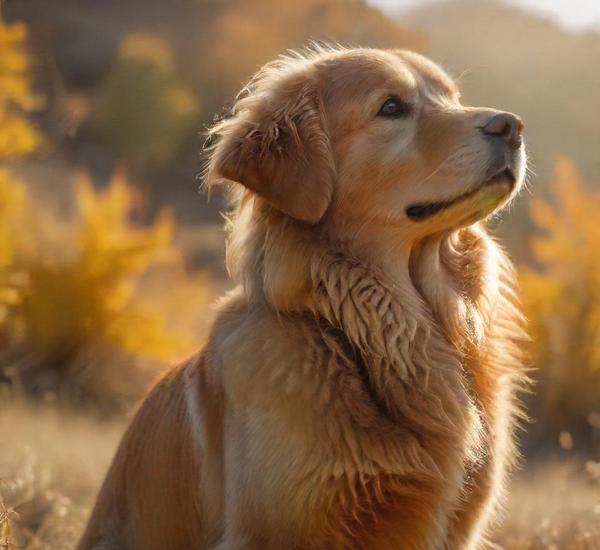
The Ultimate Guide To Golden Retriever Dog Breed
Golden Retrievers are renowned for their friendly demeanor, intelligence, and versatility, making them one of the most beloved dog breeds in the world. Originating from …
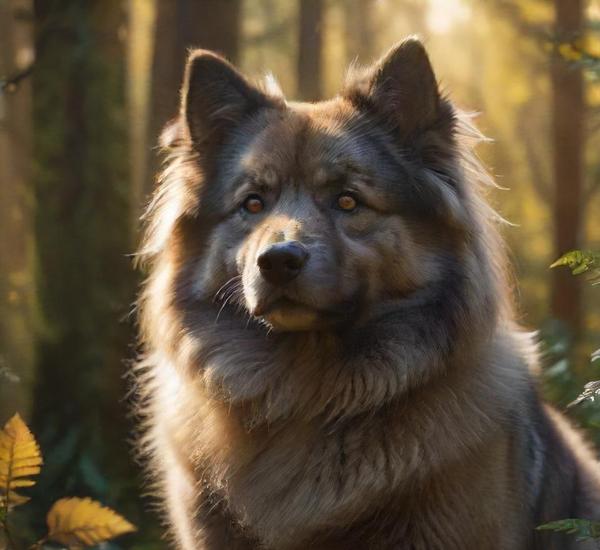
The Ultimate Guide To Keeshond Dog Breed
The Keeshond, often described as the smiling Dutchman, is a distinctive and charming breed with a captivating appearance and a lively personality. Known for its …
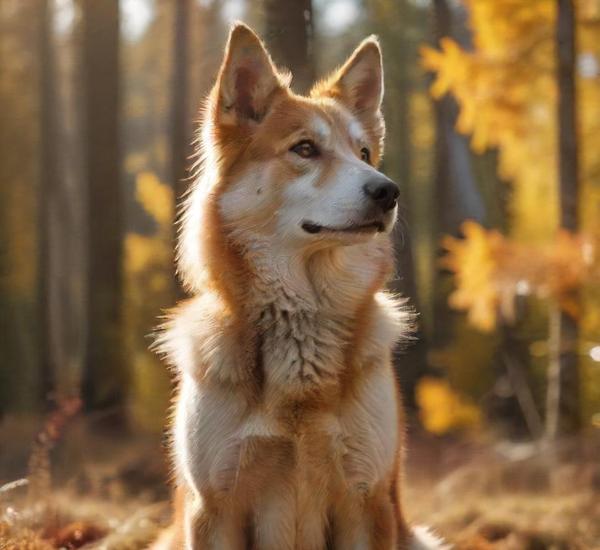
The Ultimate Guide To Karelo-Finnish Laika Dog Breed
The Karelo-Finnish Laika is a breed that embodies the rugged spirit and resilience of the northern wilderness. Originating from the cold, expansive forests of Finland …
The Ultimate Guide To Carea Leones Dog Breed
The Carea Leones, an ancient Spanish herding breed, stands as a testament to the rich pastoral traditions of northern Spain. Known for their remarkable agility …
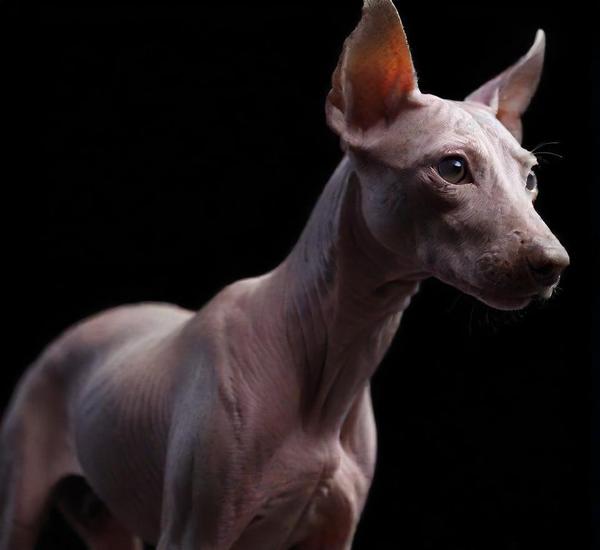
The Ultimate Guide To Peruvian Hairless Dog Breed
The Peruvian Hairless Dog, or Perro sin Pelo del Perú, is a unique and captivating breed that has charmed dog enthusiasts with its distinctive appearance …
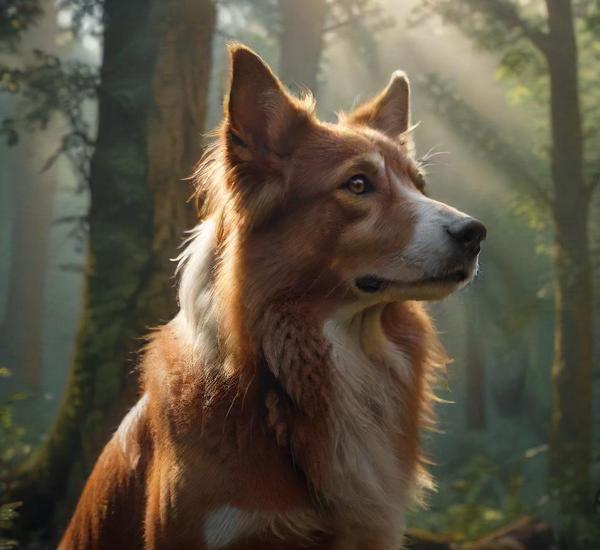
The Ultimate Guide To Telomian Dog Breed
The Telomian, a rare and fascinating breed, captivates dog enthusiasts with its unique appearance and intriguing history. Originating from the remote regions of Malaysia, this …
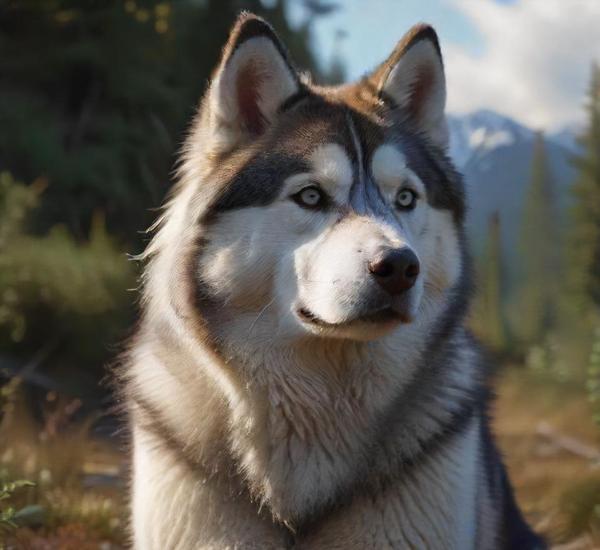
The Ultimate Guide To Kamchatka Sled Dog Breed
Nestled in the rugged and remote landscapes of Russia’s Kamchatka Peninsula, the Kamchatka Sled Dog is a remarkable breed with a storied history rooted in …
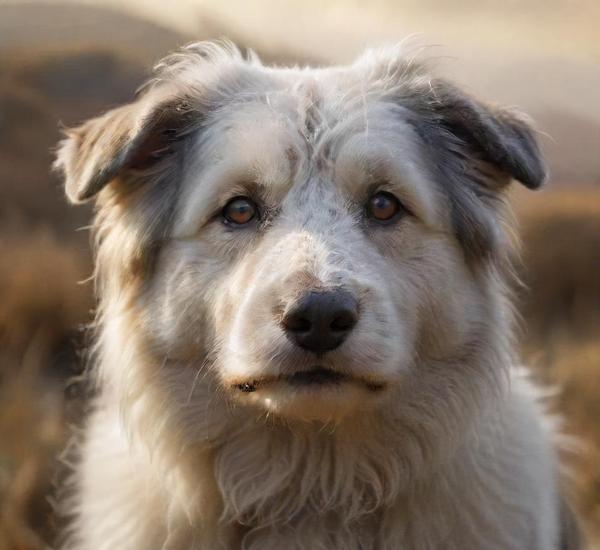
The Ultimate Guide To Polish Lowland Sheepdog Breed
The Polish Lowland Sheepdog, affectionately known as the PON, is a charming and versatile breed with a rich history that dates back to medieval Poland. …

The Ultimate Guide To Sealyham Terrier Dog Breed
The Sealyham Terrier, a charming and distinctive breed, is renowned for its striking appearance and spirited personality. Originating from Wales, this compact yet sturdy terrier …